We have 7 dogs, 5 cats....and around 50 birds....for some reason we don´t go out much!We have two mastiffs buy 100.00 dollars of feed just for them a month plus all the chicken food.

Follow along with the video below to see how to install our site as a web app on your home screen.
Note: This feature may not be available in some browsers.
We have 7 dogs, 5 cats....and around 50 birds....for some reason we don´t go out much!We have two mastiffs buy 100.00 dollars of feed just for them a month plus all the chicken food.

15 - 20 years ago I had some pretty decent light Brahma bantams. I figured I could help the economy more by pumping a whole lot more money into the system feeding and housing large fowl.
As far as hatchery Brahmas go, probably six of one, half a dozen of the other. Although every so often somebody will post some that seem to be extraordinarily bad, for the most part they seem about the same.

Hmm, curious if the pictures of my Bantams are some of those "extraordinarily bad" ones. I dont mind if you say so.
Thats probably a good policy.... Those of us who don't intend to show our birds don't need them critiqued by the standard of perfection. I raised show rabbits for about 4 years, and some of my sweetest were born out of a color nightmare... (Ie breeding "incompatible" colors)... And even if they weren't show stock, they were awful sweet... And made better pets than some of the high dollar show rabbits. All that to say... I appreciate you being careful about it, because there are too many pple out there who are snobby about the backyard breeds of chickens. a show chicken is a show chicken and a backyard one isn't, and that's fine! So getting around to what I really wanted to say... I would like your opinions about my birds, because the pics are there, and I am curious about good type in a brahma bantam.... Since i have dabbled in the show world with dogs and rabbits, I have a soft spot for that side of things. I do have a problem too... I have at least 3 roosters and I would like to choose the best of all my pitiful hatchery stock cockerels to keep.For the most part I tend to pass on the "what do you think of my birds" posts, especially if they are obvious hatchery stock. I figure there is not a lot to say that can improve the situation. There was a point in time when a noisy cardboard box came to my house too. I tend to focus more on the breeding or color questions, maybe try to throw a picture, or two, in every so often that might let the folks who want to notice, that there might be a little difference.


Sometimes when I'm sitting around, doing nothing in particular, strange questions pop into my mind. Sooooo, what is the difference between multiple laced and penciled?
My thoughts are that the laced have the pattern color on the outside ring of the lacing (i.e. black) and the penciled have the ground color on the outside ring of the lacing (i.e. silver). The SOP states that "frosting" on the lacing (looks like ground color on outside ring to me) is undesirable, but the picture of the penciled feather has the ground color on the outside ring.
Edited to include: But the SOP is describing a single lace....so there may be a difference in multiple lacing.
Anyone else having great thoughts today (I'm pretty sure every one is having great thoughts)?
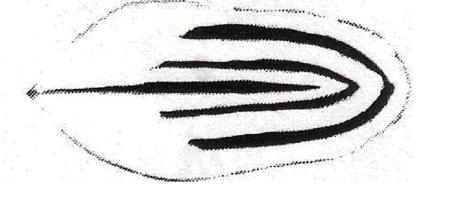
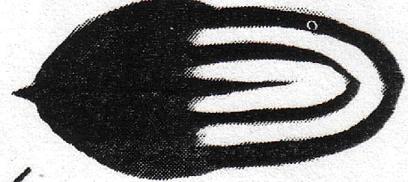
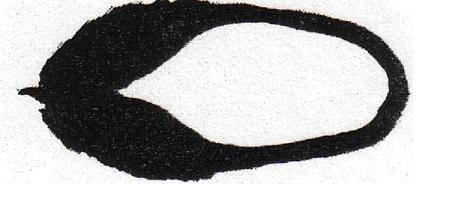
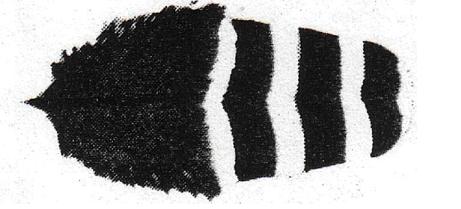

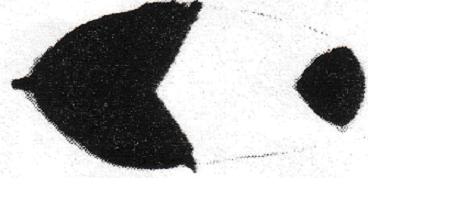
Thanks. I'm only trying to figure out the accepted patterns right now....my brain only has so much storage room and I need to find some junk to throw out. So, just so I'm clear.....a dark brahma is penciled, the outer edges should be silver. If it were the opposite (the outer edges were black), then the bird would be multiple laced. Do I have it correct? And, no, I haven't looked at mine to see if this is what mine look like.......just thinking out loud sort of.Single laced, and double laced, both have dark edges, (if a black trimmed bird). Penciled would have a base color outer edge. Talking hen feathers here.
Now we are talking true accepted patterns here. We used to get a tweener pattern that was somewhere between double laced, and penciled, that the girls dubbed "Paisleys". Never tried to reproduce it, and am guessing it was probably a genetic component, or two, off from either pattern.

Thats probably a good policy.... Those of us who don't intend to show our birds don't need them critiqued by the standard of perfection. I raised show rabbits for about 4 years, and some of my sweetest were born out of a color nightmare... (Ie breeding "incompatible" colors)... And even if they weren't show stock, they were awful sweet... And made better pets than some of the high dollar show rabbits. All that to say... I appreciate you being careful about it, because there are too many pple out there who are snobby about the backyard breeds of chickens. a show chicken is a show chicken and a backyard one isn't, and that's fine!
So getting around to what I really wanted to say... I would like your opinions about my birds, because the pics are there, and I am curious about good type in a brahma bantam.... Since i have dabbled in the show world with dogs and rabbits, I have a soft spot for that side of things.
I do have a problem too... I have at least 3 roosters and I would like to choose the best of all my pitiful hatchery stock cockerels to keep.
Yes! Thank you, I can handle this kind of thing... a nice friendly critique and "instructional" thoughts about the birds. I'm not immune to getting my feelings hurt, but my chickens are.Tim would be a much better hand at this than me, as I don't have this variety.
Seems to me to often people get in way to much of a hurry to try to judge their young stock. Sure, if they have some hideous defect, or obvious fault, and have no possibility of ever figuring into future breeding plans, those birds are out. Put down if needed, or more likely made available as a back yard layer, or eater, at one of our local little swaps. Other than that, I just keep an eye on them and keep shoveling them feed. As they grow, other things may become apparent (like a loose wing possibly, or obvious crow head), and down the road they go. If I keep doing this, I am getting down to the better birds, making room as they grow, saving a little feed. But it can be an easy mistake to be too hasty with these cuts, especially with the cockerels. Large fowl Brahma males go through some hideous stages as they mature. Most years I am pretty much convinced that there is not a single cockerel that will be worth the ton of feed that it has taken to get him to this gangly Ichabod Crane looking stage. Then one day you walk around the corner and see one and think well maybe, just maybe. What I'm trying to say is be patient and let them grow enough to be sure of what you got. Pullets usually don't surprise me near as often.

For example this #4 pullet looks to have potential, type wise, but she is still young. The things that catch my eye right off, is her tail. Her main tail feathers should be solid black, the tail coverts should be black with buff lacing. Her tail coverts look to be mostly split, buff above, and black below the shaft. No way to tell how her wings are marked, how her under color is. She has some extra dark ticking that may clean up some when she goes through a molt.


